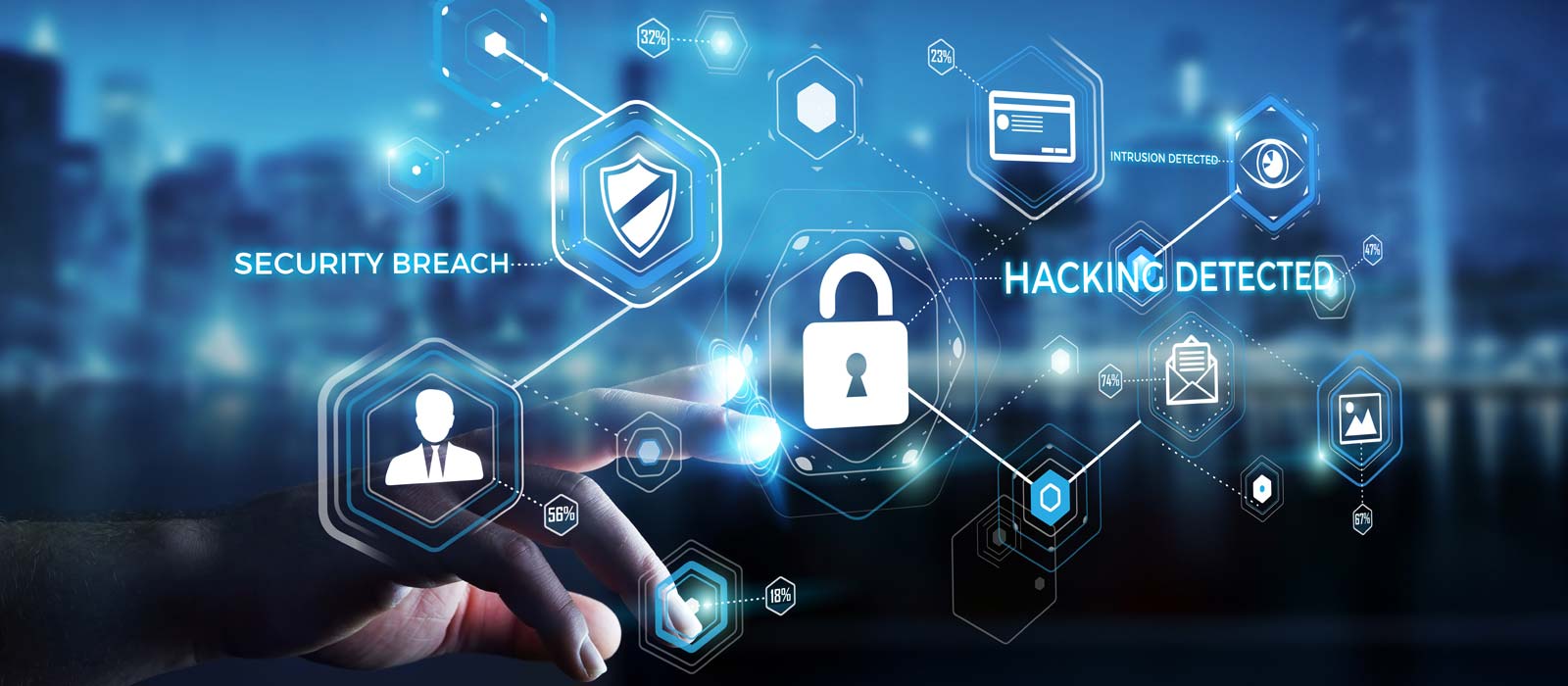The digital world is a relentless battlefield, and in 2025, cybersecurity is evolving faster than ever. As outlined by cybersecurity expert Chuck Brooks in Forbes, the landscape isn’t just changing; it’s being fundamentally reshaped by five critical trends. Understanding these shifts is key for any organization aiming to stay secure and resilient.
Here are the defining trends shaping cybersecurity in 2025:
- The Rise of Agentic AI: Artificial Intelligence isn’t just playing a role in cybersecurity; its influence is exploding. AI and machine learning are moving beyond mere threat detection tools to become fully autonomous defense systems. They’ll analyze massive data sets in real-time, predicting, identifying, and responding to sophisticated threats like polymorphic malware and advanced persistent threats with unparalleled speed and accuracy. AI will also be crucial for managing complex global supply chains and identifying internal risks.
- Increased Investment in Cloud Security: With the widespread shift to cloud infrastructure, securing these environments has become a paramount priority. In 2025, cloud security will transition from a subset of cybersecurity to a distinct and dedicated focus area. As more services and sensitive data reside in the cloud, these environments become prime targets, demanding specialized and robust protections, especially as critical infrastructure increasingly connects to cloud systems.
- Expansion of Zero-Trust Architectures: The principle of “never trust, always verify” will solidify its position as a fundamental pillar of enterprise security strategies. Zero-trust models assume potential threats both inside and outside the network, requiring continuous authentication and validation for all users and devices attempting to access sensitive data. This trend will see a consolidation of network and security solutions, with AI further enhancing the capabilities of these adaptive systems.
- The Convergence of Cybersecurity: Cybersecurity is no longer a standalone technical issue. In 2025, it’s becoming deeply integrated into broader enterprise risk management strategies. Organizations are recognizing that cyber risks are intertwined with financial, operational, reputational, and regulatory risks. This convergence will foster closer collaboration between Chief Security Officers (CSOs) and Chief Information Security Officers (CISOs), viewing cybersecurity investments as crucial for overall organizational resilience, especially as threats bridge cyber and physical domains.
- Growing Cyberthreats To The Internet Of Things: While not explicitly detailed as a separate point in the snippets, the broader context of Forbes articles by Chuck Brooks often emphasizes the increasing vulnerabilities associated with the Internet of Things (IoT) and the growing connectivity of digital and physical ecosystems. Proactive cybersecurity measures are vital to address these expanding attack surfaces.
Navigating this complex landscape requires strategic foresight and continuous adaptation. By understanding and addressing these key trends, organizations can fortify their defenses and build a more resilient digital future.
Strengthen your expertise in the face of evolving cyber threats. The MSc Cyber Security program by next campus sri lanka prepares you for the challenges of tomorrow’s digital world. Explore your future at MSc Cyber Security – NEXT Campus
For more in-depth insights on these cybersecurity trends, read the complete Forbes article: Five Trends That Will Shape Cybersecurity In 2025



